
Their purpose has been to increase safety and reduce pilot training costs, to replace expensive flight hours with cheaper simulator hours - but also to spare the expensive training equipment, because a crash in the simulator has far less consequences than a crash in a real plane. Therefore, it is not surprising that just a few years after the Wright Brothers flew their first "Flyer" in 1903, the first flight simulators were developed.
The first flight simulators date back in 1909. The "Antoinette Trainer", for example, consisted of stacked half-barrels that were moved by assistants while the pilot sat on a chair and tried to balance the machine. An exact replica of the Antoinette coach is now in the Airbus Training Centre in Toulouse, France.
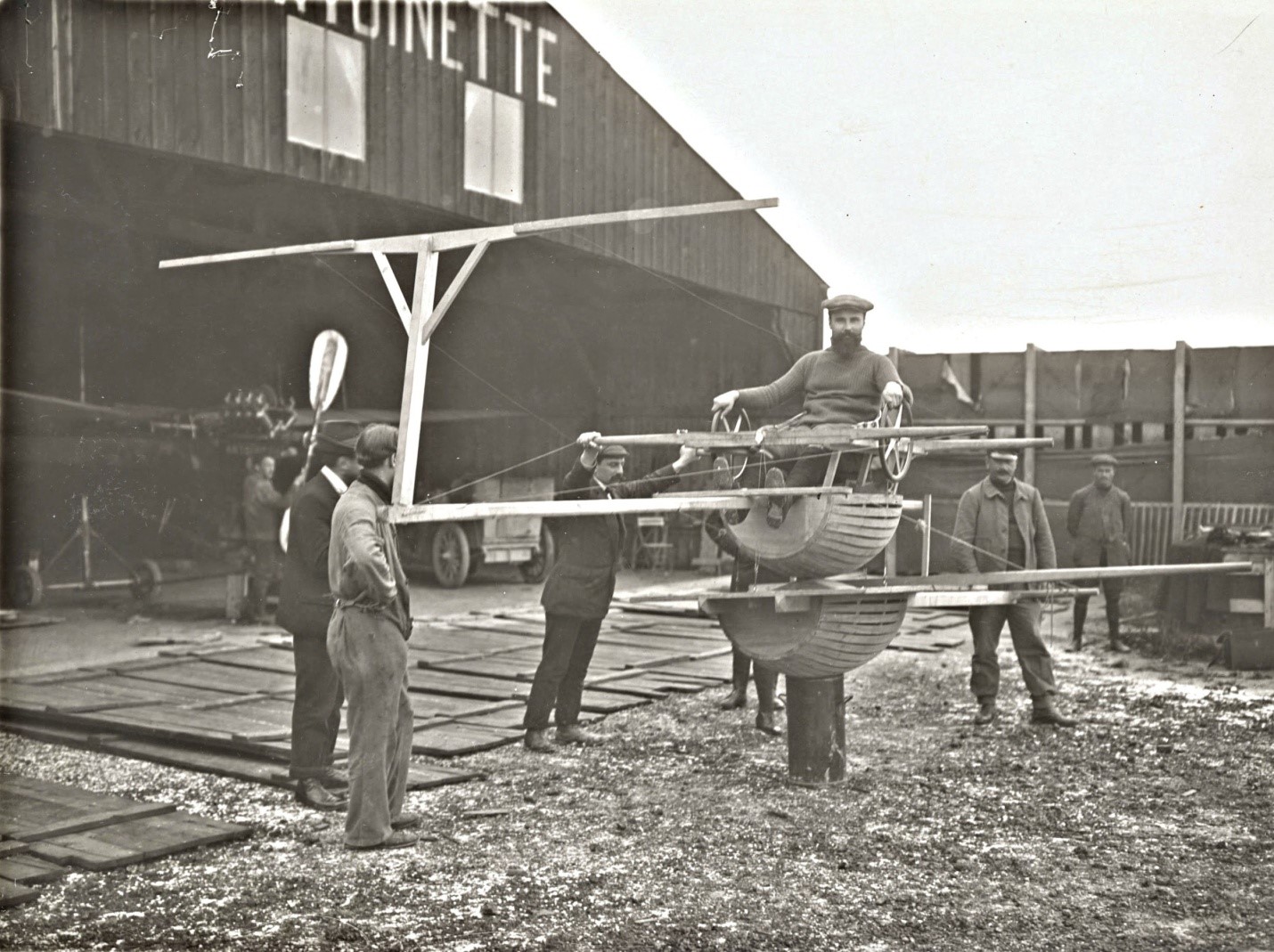
Antoinette Trainer Rig
Flying school at Châlons C1909
In 1910 there were numerous plane crashes, which made the calls for better training of the pilots louder. To make the pilot training more efficient and economical, the simulation of flight controls on ground has become mandatory. The billing oscillators developed by the englishman Eardley Billing, for example, or the Sanders Teacher Simulator originate from this period. These were replicas of simple aircraft, which were mounted on a pedestal so that the main flight movements (tilt, roll and yaw) could be simulated. The Sanders Teacher consisted of original aircraft components mounted on a ball joint, and was always aligned so that the wind came from the front. This way, it was possible for the ailerons to roll, for the elevator to tilt and for the rudder pedals to yaw during the exercises.
At the beginning of the 20th century, practically anyone who built a plane was allowed to fly it. At the beginning of the First World War in 1914, criteria were set for the first time to become a pilot. Many young men applied to fly a fighter in the air force as a pilot. The losses were immense: in the very first months of the First World War, the Germans had to complain about a loss of more than 100 aircraft - not by enemy kills but by accidents.
An investigation after the war showed that 90% of all aircraft accidents are due to faulty behaviour of the pilots 8% to aircraft defects and 2% to enemy shooting.
An hour of flight training in the real plane was about 50$, which was a high amount then, but it was the human life that was priceless to win the war. So it was obvious to train the future pilots better before they could get into a cockpit. The University of Turin designed one of the first devices to train pilot's flying abilities, in particular their physiological responses to flight-induced stress. This simulator was built in 1914 probably by the Italian company Transaerea of Turin, which since 1912 built the Bleriot XI airplanes under French license. He was able to perform tilting and rolling movements of a fuselage, which had to be recognized by a student pilot with blindfolded eyes.
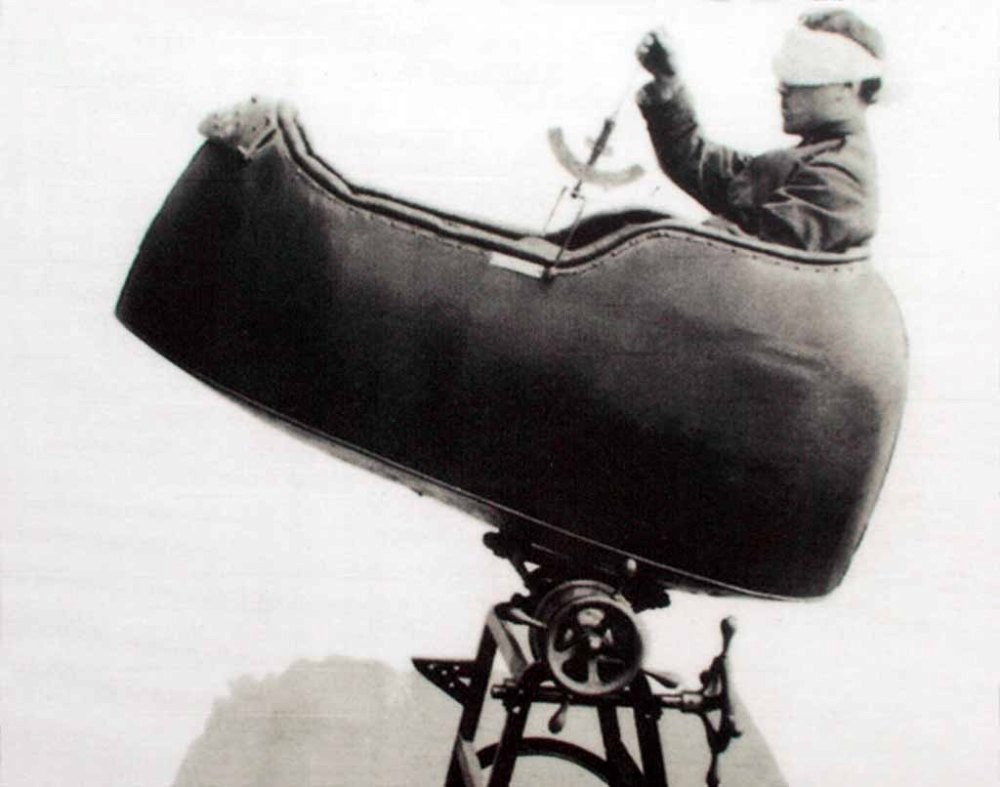
Bleriot Simulator for studies on sensory perception and for the selection of flight personnel between 1909 and 1915
Over time, the simulators were equipped with more and more instruments, so had the 1931 developed Johnson Simulator, which consisted of a no longer needed Avro 504 fuselage, already, a speedometer and an attitude indicator, which was coupled with cables directly to the control instruments.
A milestone in the development of flight simulators is the link trainer from the year 1929, developed by the organ builder Edwin Albert Link in 18 months. An electric suction pump controlled the valves for ailerons and rudder and a motor-driven unit simulated the attitude and turbulence. The student pilot sat in a darkened cabin, only seeing the lights of his instruments. The device was manufactured by the Link Aeronautical Corporation and got the nickname "Blue Box" due to its blue colour. Ironically, the first sales of the first examples of this flight simulator went almost exclusively to amusement park for entertainment purposes. This made the Link Trainer the first flight simulator that was also used for fun purposes.
The breakthrough of the link trainer for aviation took place in 1934 when the Army Air Corps took over the transport of the airmail and 12 pilots died within 78 days in bad weather, because they were not able to read the flight instruments. The investigation resulted in a political scandal known as the Air Mail fiasco. The Army Air Corps was looking for solutions and also evaluated the Link Trainer this turn. On a foggy day in 1934, a group of officers expected Edwin Link to arrive in Newark, New Jersey. Edwin started his flight in Binghamtpon, New York. The officers wanted to leave, convinced that Edwin Link would never be able to attend the meeting in this bad weather. Just as they were about to leave the building, they heard the hum of an aircraft engine - two minutes later Edwin Link landed in front of them. Link had delivered an impressive demonstration that flights are possible thanks to instrument flight even without visibility in bad weather.

The link Trainer
Canada, before WWI
After the meeting, the Air Corps ordered the first 6 Link coaches for $ 3,500 each. Due to World War II, the demand for flight simulators increased and the Link Trainer became the standard equipment in every US flight school. During the war years Link produced more than 10 000 flight simulators - one copy left the factory every 45 minutes and more than 500 000 pilots used it for their training. Even after the war, the "Blue Box" continued to be used. American Airlines was the first airline in 1937 ordered a link trainer for training. The link coach was produced until the early 1950s.
Another historic flight simulator is the Silloth trainer, which was developed in 1943 as a competitor to the link trainer for the Royal Air Force. It was built on the British military base in Silloth from a Hudson aircraft fuselage. In the cockpit developed by the instructor Gorden Iles Silloth all crew members were trained for the first time. In addition to the basic characteristics of the flight, all machines as well as the electrical and hydraulic systems were simulated. Even the aircraft noise was imitated with an organ. In 1945, a complete coupling of movement and instruments took place, for example, the altimeter indicated a difference in altitude when the student pulled the joystick and the aircraft went into climb. Silloth trainers were developed for both 2- and 4-engined aircraft, but only a few models were built. Until 1945, only 14 Silloth coaches were delivered.
The American Commander Luis de Florez from the U.S. Navy visited Britain in 1941 and subsequently wrote a report titled "Report on British Synthetic Training." Shortly thereafter, we learned in the United States of the development of the British Silloth coach. After some consideration, the Americans decided to develop an electric version of the Silloth-Trainer, because the settings of Silloth-Trainer were unstable depending on humidity, temperature and age. Bell Telephone Laboratories was entrusted with the task of developing the first electric flight simulator. Bell's 1943 device consisted of a replica of a Martin PBM3 reconnaissance aircraft with a cockpit including all the controls and displays coupled to a computer that performed the flight calculations. The simulator had neither a motion platform nor a visual system for the graphics. A total of 32 copies of this first electronic flight simulator were built for 7 different aircraft. The PBM3 trainer was probably the first operational flight simulator that attempted to simulate the aerodynamic characteristics of a specific aircraft.
At the beginning of the 1940s Dr. Richard Dehmel developed a flight simulator, in which also analogue computing machines were used. Dehmel worked as an engineer for Bell Telephone and began in 1938 to be interested in flight simulation. After building his first (but never mass produced) flight simulator in 1941, the Curtiss-Wright company began to be interested in his work. Dehmel built a prototype for Curtiss-Wright in 1943, after which the US Air Force ordered the first two Dehmel trainers for their AT-6 aircraft. After World War II, Curtiss-Wright and Link were the top dogs in the flight simulator business. Curtiss-Wright was awarded a contract to develop a Boeing 377 Stratocruiser Simulator - which was used by Pan American Airways in 1948 and was the first flight simulator purchased from an airline. Although there was neither a motion system nor any graphics, the behaviour of the simulator reflected exactly the Stratocruiser cockpit. This trainer was especially used to train the entire crew behaviour.
After the introduction of jet aircraft in the 1950s, new demands were placed on the flight simulators. The old vacuum tube technology was replaced more and more by the core memory system, considered being modern at the time. The first digital flight simulators meant tremendous progress in simulation technology. However, these simulators needed the computing power of a mainframe computer - which at the time meant a whole room full of computers. Probably the first flight simulator to render all calculations digital was the Universal Digital Operational Flight Trainer (UDOFT), developed in 1960 by Sylvania Corporation. In the early 1960s, Link also began developing digital flight simulators and introduced the Mark I link, which was able to perform real-time simulations by digitally calculating aircraft motion. It was designed for real-time simulation, and by late 60’s general purpose digital computers were suitable for simulation.
Mobile simulators:
The USAF first used B52 Mobile Simulator Trains in the 60’s. The system included an Administration Car, two B-52 Simulator Cars, and a Crew Car. The B52 simulators build for the military were considered very realistic at the time.

Mobile B-52G Flight Simulator at Loring AFB, ME. Picture taken by Bob Becker
In flight Simulation
Unlike ground based simulators, In-flight simulators acquire data from a real aircraft and can allow pilots to experience different conditions of the environment such as icing or CG movements and a different aircraft with new aerodynamic characteristics.
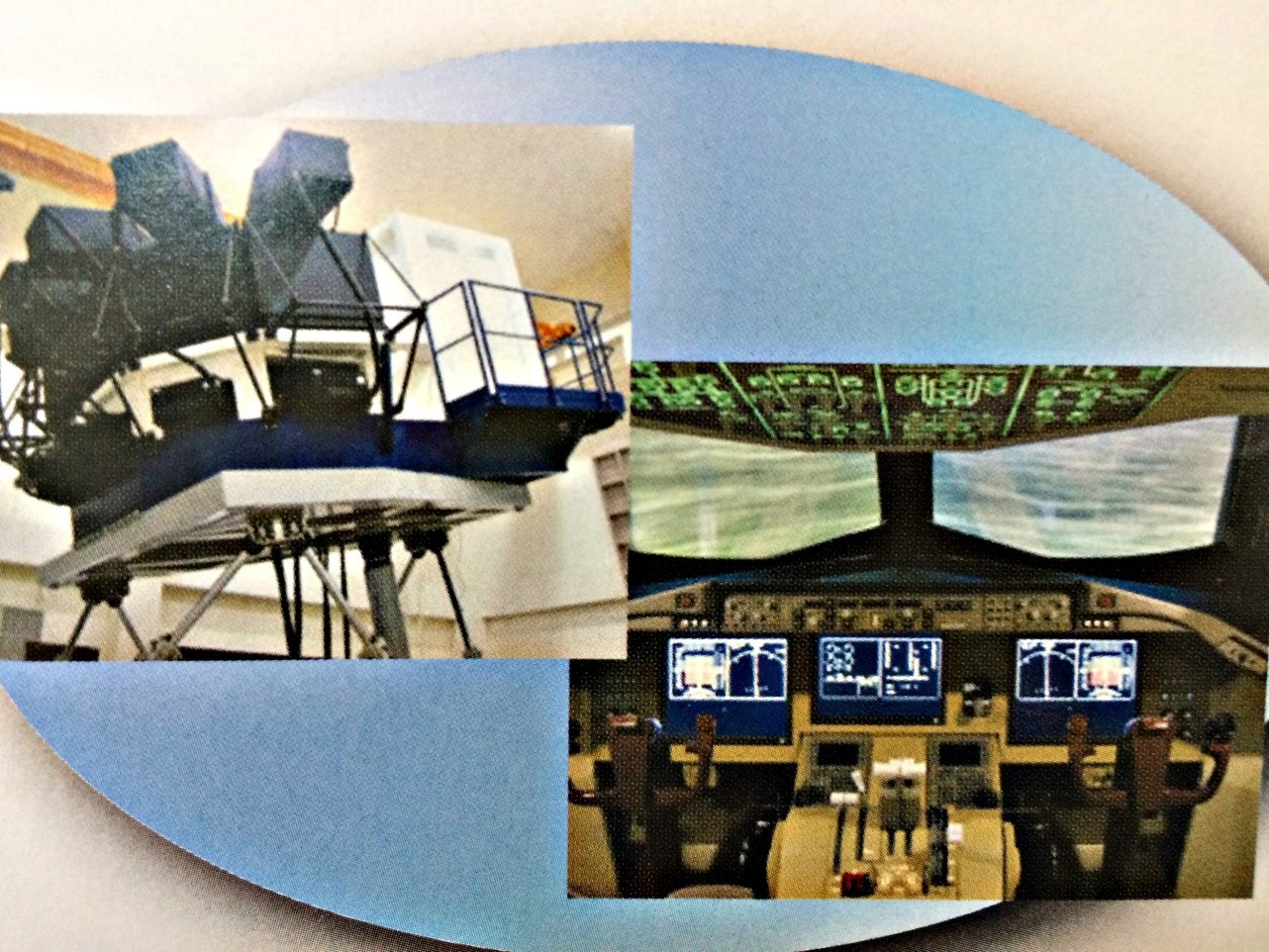
Japanese Space Agency (JAXA) simulator for flying laboratory Mupal-Alpha
Based on Dornier Do228-202
Simulators Impact
Although flight simulators have evolved and the databases have become more and more complex every day, in flight simulation has its own place in the pilot’s learning process. Civil aviation accidents due to pilot error and poor IFR training have proved the need to use any way to improve pilot’s awareness and skills before they get to hold the steering wheel in an aircraft full of passengers. In order to prepare a pilot to fly in any environment and meteorological conditions accessories such as the IFR training glasses are used today.
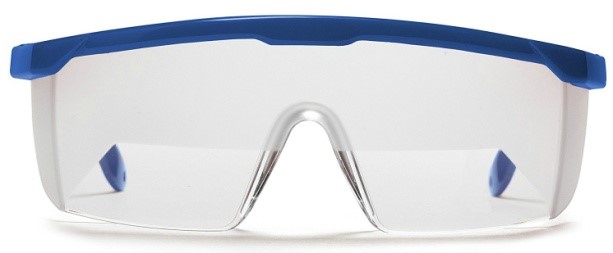
IFR Training glasses
Simulators are getting more complex each day but it is safety that really matters. To enhance safety and professionalism in civil aviation you don't have to train with blindfolded eyes but you do have to practice over and over.
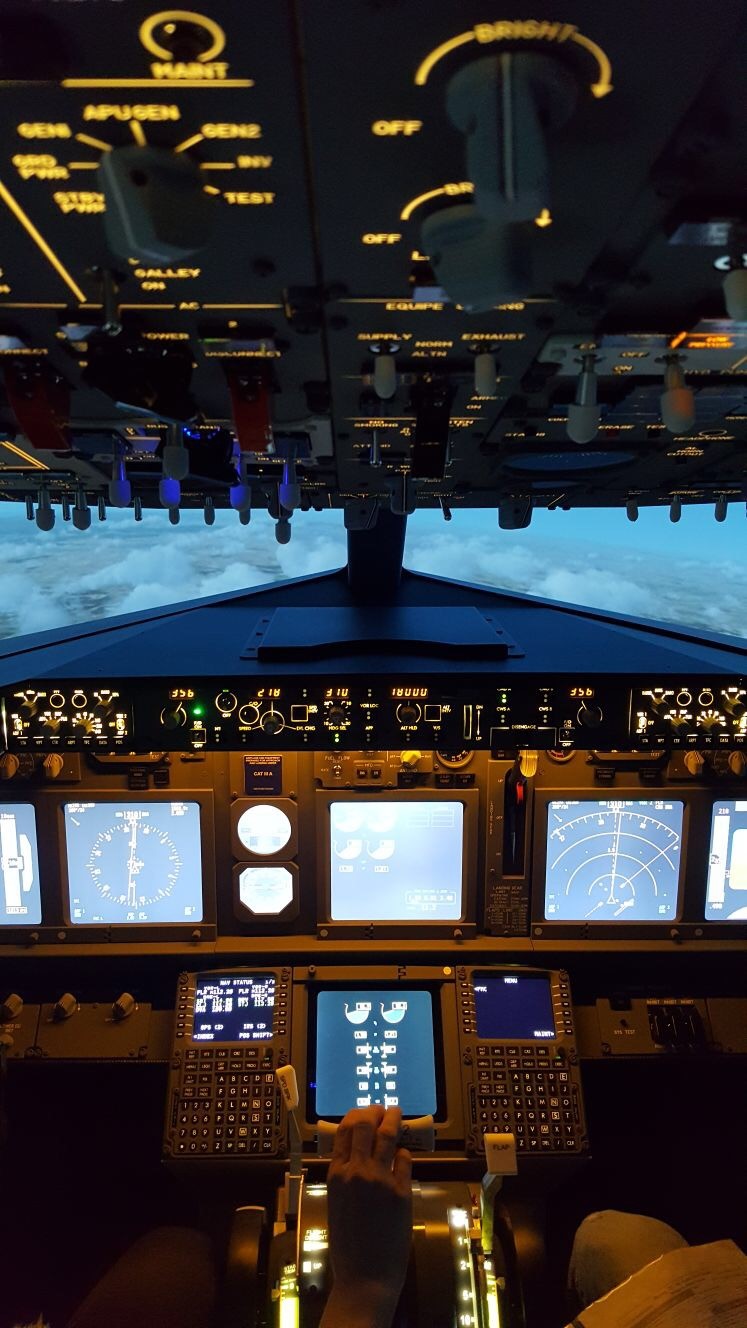
B737 NG Simulator Cockpit
Aerospace research institute in Bucharest, 2017